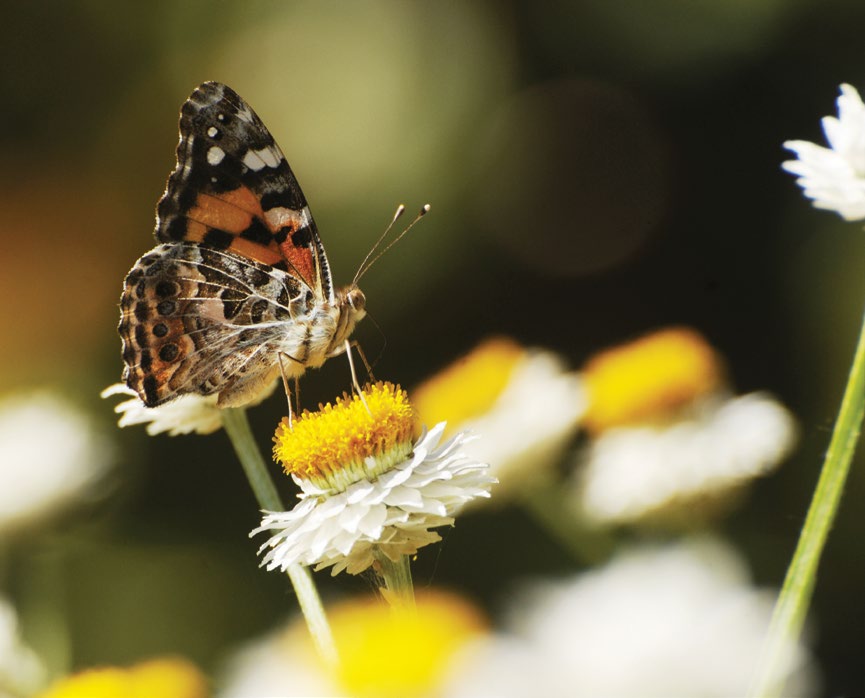Creatures in our hood
As Australia’s bush Capital, Canberra is teeming with wildlife. Surrounded by hills, wetlands and grassland reserves, we are in a privileged position to be able to spot all kinds of unique birdlife, lizards and marsupials. Blessed with a job that allows her to regularly experience close encounters with the local wildlife, Ginninderry Conservation Trust’s Rehabilitation and Reporting Officer, Rachel Eland, shares her tips and insights on 10 of the creatures that you might be able to see in parklands and reserves in and around our city.
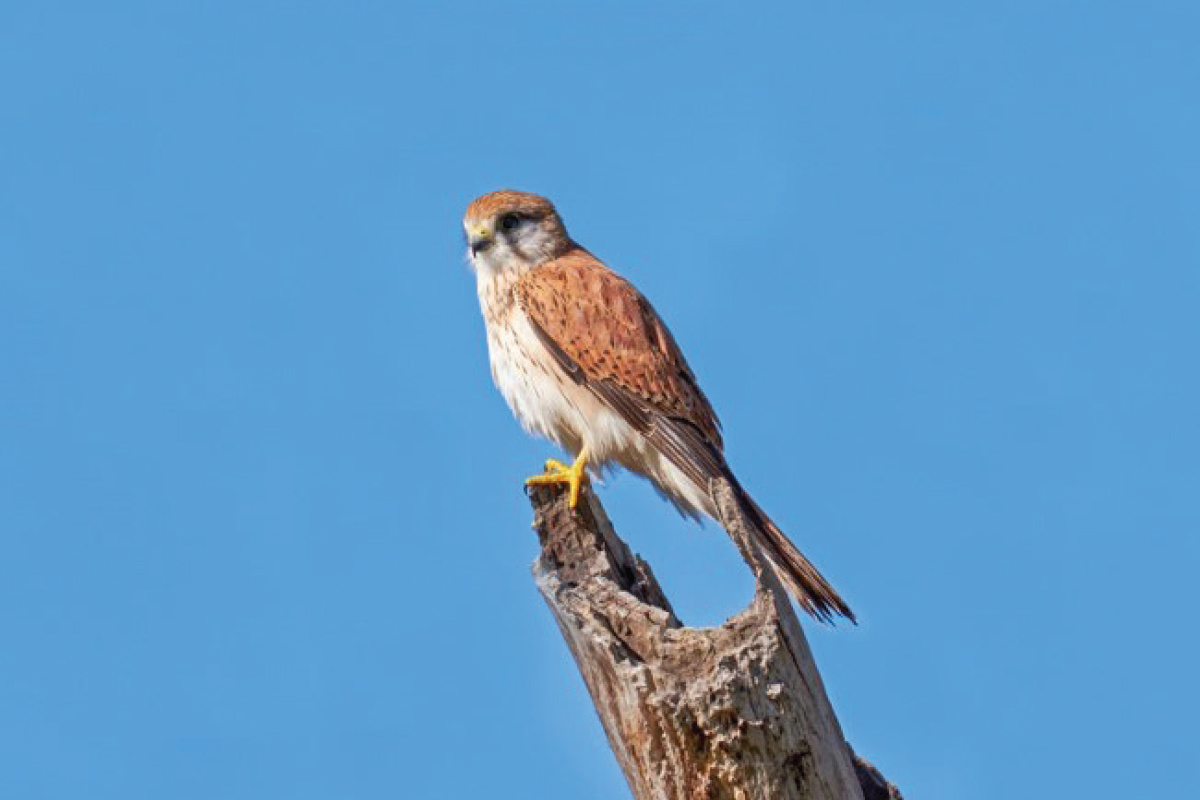
Nankeen Kestrel
Where are you most likely to spot one?
The Ginninderry Conservation Corridor is home to many Nankeen Kestrels. These critters are widespread across Australia but you will mostly likely see them in open country such as grasslands and farmlands.
What time of day?
You can see them during most times of the year during daylight hours. Many will be in pairs as they are mostly monogamist birds.
Any fun facts?
The Nankeen Kestrel is the only Australian bird of prey that hovers. Kestrels use the wind by facing into it and using the current to hold them in place while they hunt, unlike other birds that hover by using the wings at hyper speed.
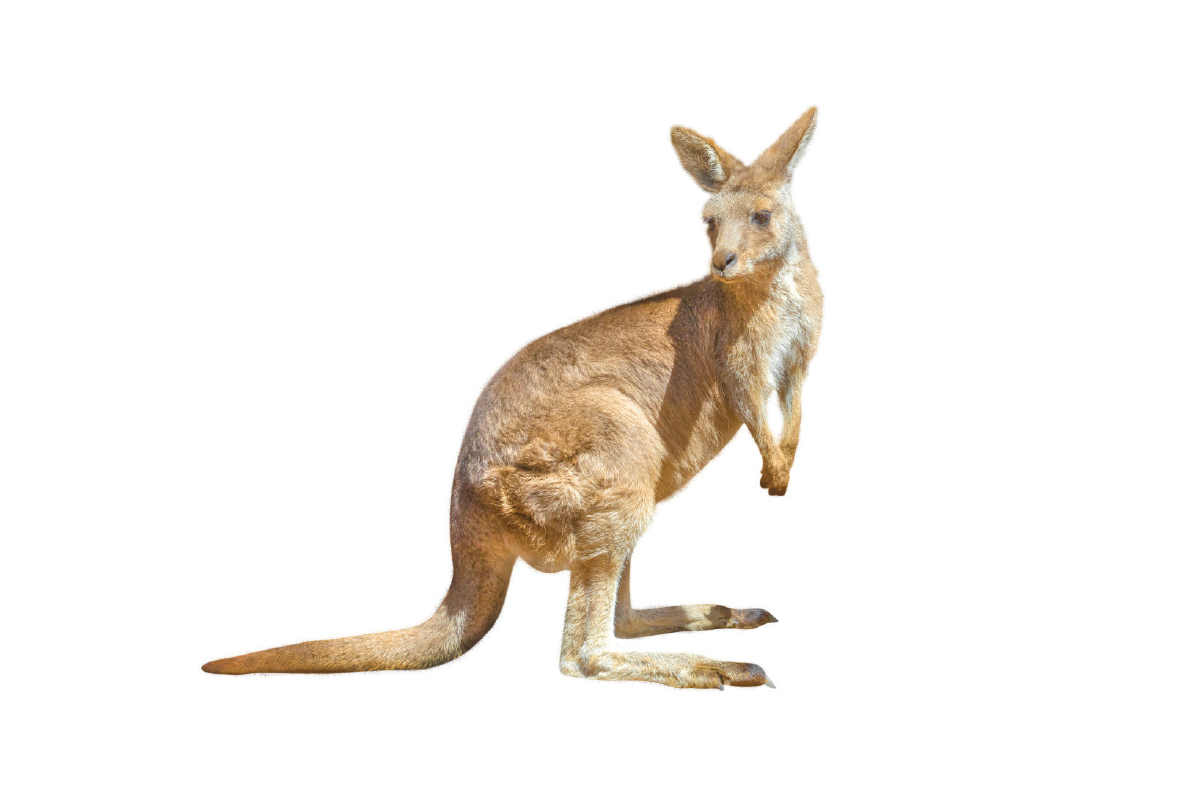
Wallaroo
Where are you most likely to spot one?
The Wallaroo can be found across most of mainland Australia. You are likely to spot one on rocky hills or around shrublands. The Corridor is home to many Wallaroos—so many, in fact, that we have named a hill after them.
What time of day?
You can spot them during the day and night around rocky hills.
Any fun facts?
A female wallaroo can become pregnant soon after giving birth. The new embryo stays dormant until the older joey is ready to exit the pouch. This process is called embryonic diapause.
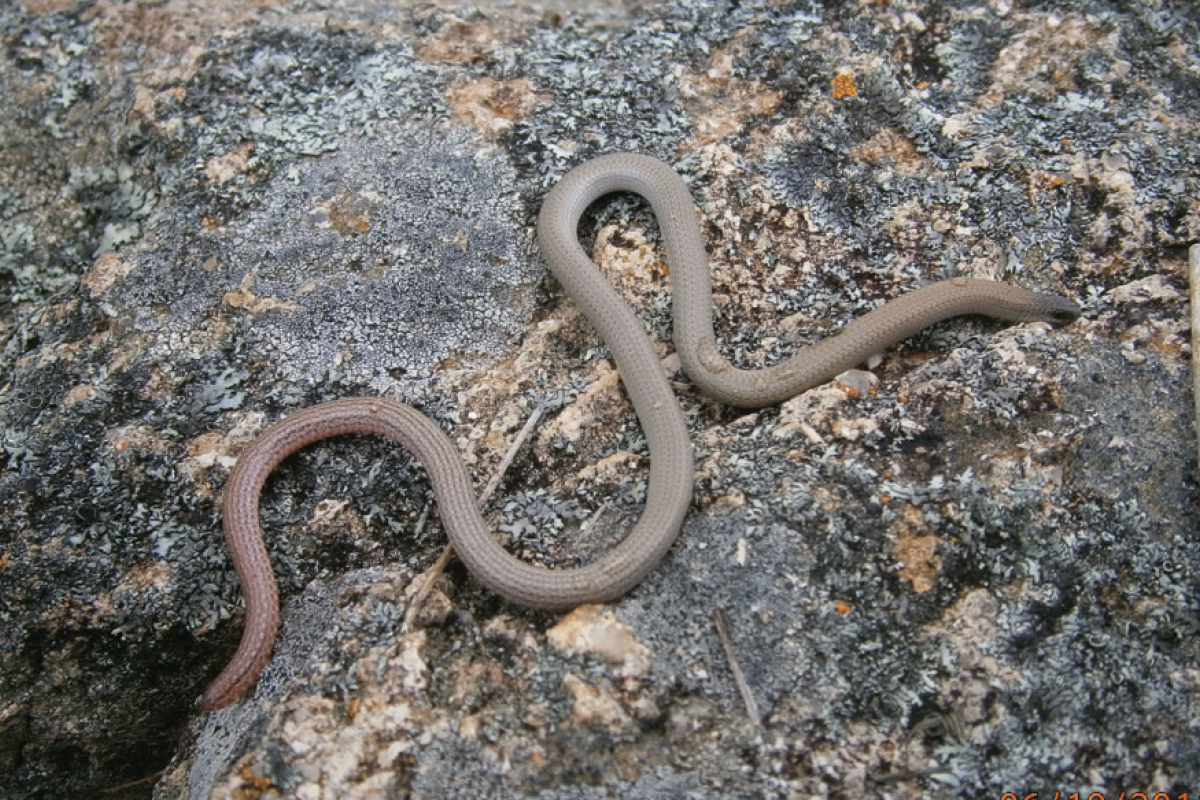
Pink-tailed worm-lizard
Where are you most likely to spot one?
Pinkies are elusive little critters and you are unlikely to spot one unless you go looking. These legless lizards are quite selective about their habitat and they choose to live under loose or partially embedded rocks in sloping rocky open grasslands with predominantly native grasses.
What time of day?
You might catch a glimpse of one moving through the landscape in the summer months during sunlight hours.
Any fun facts?
Pinkies feed on the larvae and eggs of ants with which it shares its burrow. They are considered vulnerable in the ACT and are endemic to Central and Southern Tablelands.

Common Wombat
Where are you most likely to spot one?
The Common Wombat can be found in open grasslands, woodlands and even in mountainous areas that receive snow. Most will dig their burrow along river banks or under sheltered areas such as a tree.
What time of day?
Wombats are nocturnal, emerging from the burrow when the sun sets and returning around sunrise. You may be lucky on a cool overcast day to see one late in the afternoon. If you do see a wombat out during the day, it will likely have mange, a horrible parasite which, if untreated, will eventually kill the wombat. If you do see a Wombat with mange, you can report it to ACT Wildlife.
Any fun facts?
Wombats can run at a speed of 40kph—that’s impressive.
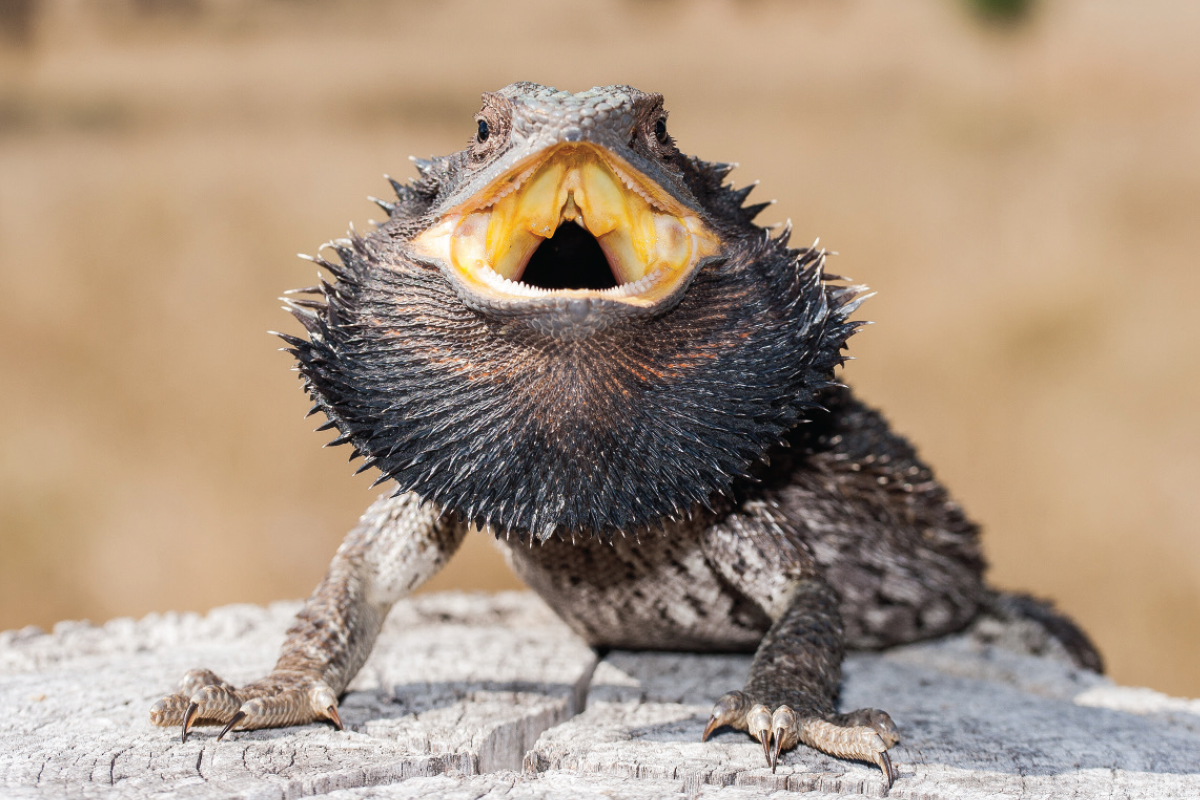
Eastern Bearded Dragon
Where are you most likely to spot one?
Eastern Bearded Dragons are widespread across NSW and ACT and are most active around the warmer months from September to March. They are usually found around woodlands and dry eucalyptus forests. Bearded dragons are amazing climbers and you can find them on tree branches, rocks and logs. The best place to spot a Bearded Dragon is in a sunny place where it can soak up the rays. Look carefully though because they are very good at camouflage.
What time of day?
The best time to find Bearded Dragons is when the sun is warm. However, during the hottest months of the year, you’re more likely to find them in the
early morning or late afternoon, as even our reptiles need respite from the Aussie sun.
Any fun facts?
The Bearded Dragon can change its colour from yellow to black when it feels threatened and puffs up its neck to make it look more fierce. It also uses this skill to regulate its body temperature by making itself lighter in hot weather and darker when it’s cold. What a clever little critter.
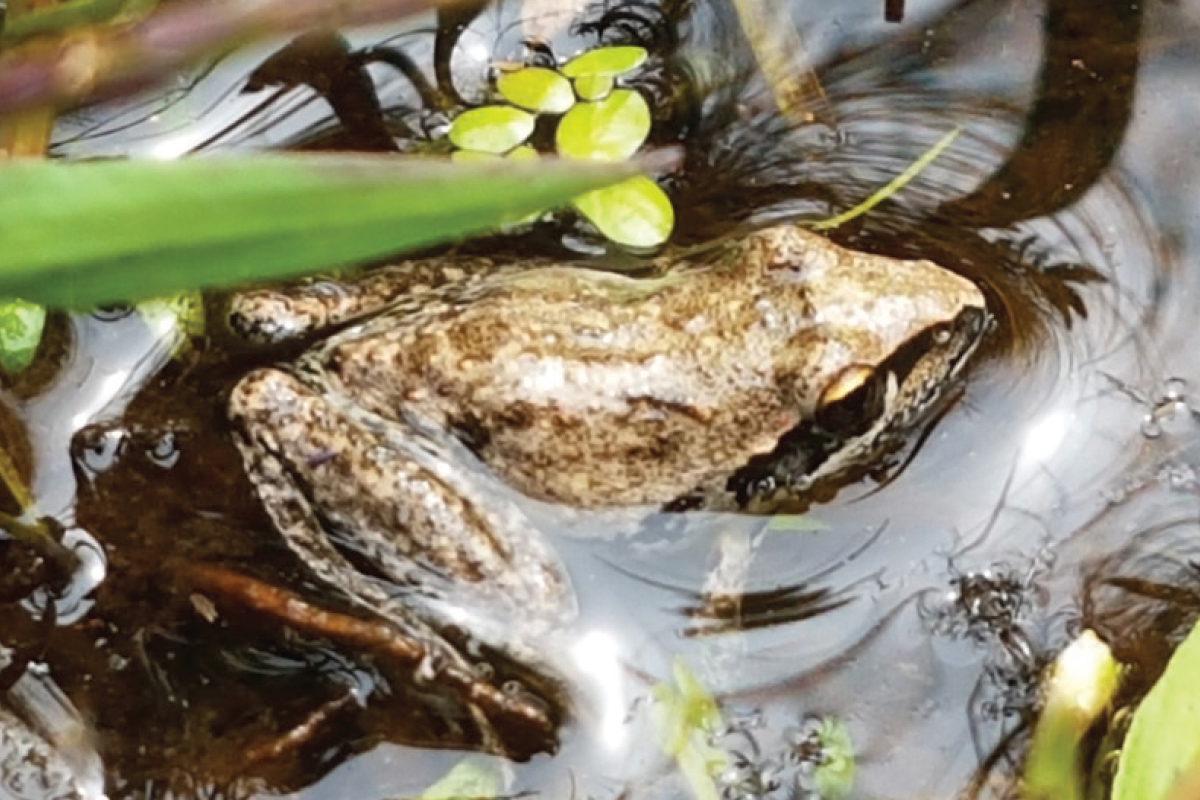
Broad-palmed Frog
Where are you most likely to spot one?
The Broad-palmed frog is actually a species of tree frog that is grounddwelling. You’ll find this critter around dams, ponds, billabongs, rivers and even semi-permanent pools where they have good protective vegetation surrounding them.
What time of day?
The best time to find these frogs is during spring when the rain coincides with higher temperatures, all the way to the end of summer, particularly from November to February. At night they can be found foraging in leaf litter. If you sit quietly around the edge of a water body or a damp area nearby, you may find a male calling.
Any fun facts?
Many of Canberra’s Broad-palmed frog population is found along the Murrumbidgee River. It truly is a special place.

Double-barred Finch
Where are you most likely to spot one?
The best place to spot a Double-barred Finch is in the grassy woodlands around Canberra. This is usually where they breed. On the odd occasion they will migrate to the suburbs in the cooler months.
What time of day?
The best time to see a Double-barred Finch is during the hours when the sun is up. There have been many sightings in the Belconnen area with some sightings around Mt Ainslie and Mt Taylor.
Any fun facts?
The Double-barred Finch builds a rounded nest, with a side entrance and short tunnel into an inner chamber lined with grasses, feathers, moss, lichen and the down from fluffy seed heads.

Eastern Brown Snake
Where are you most likely to spot one?
Eastern Browns are most commonly found in open landscapes such as grasslands and woodlands. During the winter when they become inactive, they will shelter in logs, cracks in rocks and animal burrows until warmer days return.
What time of day?
You are mostly likely to see a Brown snake during the day when it is out and about looking for food or sunning itself on a rock, along the banks of a waterway and out in the open grass. So, watch your step.
What should we be mindful of in terms of safety?
There are simple precautions you can take when exploring the bush. Wearing long pants, closed-in shoes and thick socks significantly reduce the risk of being envenomated. If you do have a
close encounter, the most important thing is to stay calm, stand still and try to move away slowly. Give the snake a good distance before you continue on your adventure—it’s probably more scared of you than you are of it.
Any fun facts?
The Trust, in partnership with professional snake catcher Associate Professor Gavin Smith from the Australian National University, are currently tracking five Eastern Brown snakes that have been removed from the urban environment and relocated into a natural environment. Our personal favourite, is FloJo, a 1.4m snake who is thriving in her new home.
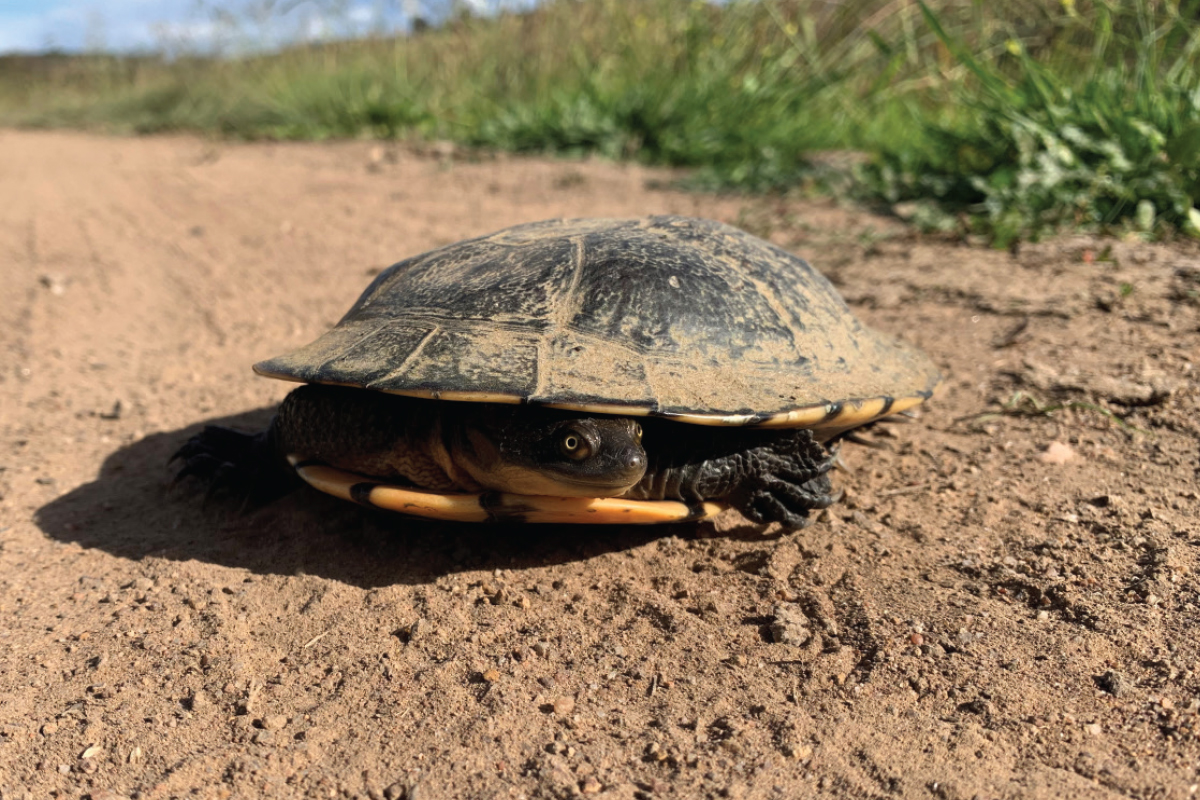
Eastern Long-necked Turtle
Where are you most likely to spot one?
The Eastern Long-necked Turtles are very common around the Canberra region, and if you stop to look in a slow-moving body of water like a dam, pond, lake and river you will hopefully see one.
What time of day?
These turtles hibernate in the winter. The summer rains are the trigger for the turtles to get active and find food. So, keep an eye out during the day from October to April.
Any fun facts?
The Eastern Long-necked Turtles are armed with a rather gross defensive mechanism whereby they squirt out a stinking liquid from their scent glands just above each leg. If you are ever helping out a turtle from harm’s way, make sure you pick them up from the shell and move them in the direction they were going, otherwise they will just try and go back the same way.
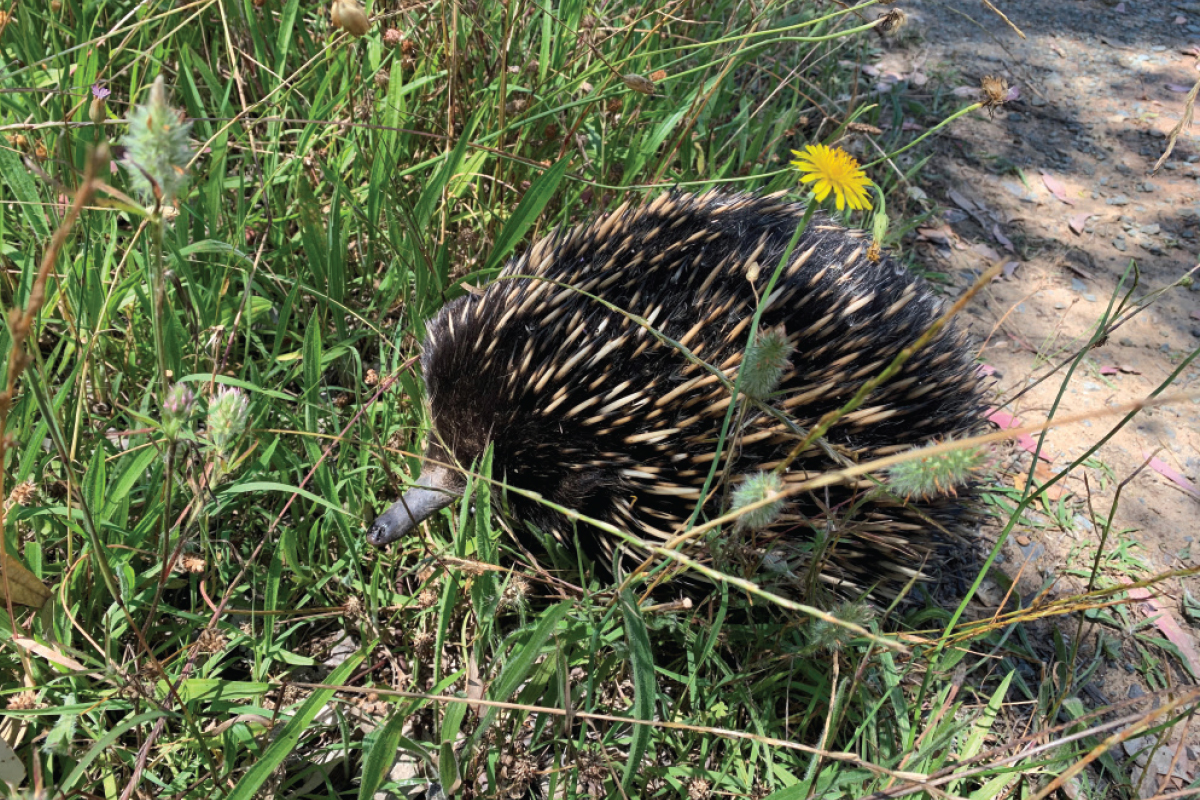
Short-beaked Echidna
Where are you most likely to spot one?
The echidna is one of Australia’s most widespread native mammals and can be found across most habitats, including urban areas, open grassland, snowy mountains and the desert.
What time of day?
A good time to find echidnas is during breeding season from June to September during daylight hours. During the warmer months, keep an eye out during the morning and evening when they are out foraging in open grasslands and woodlands around Canberra.
Any fun facts?
Let’s face it—echidnas are strangecreatures. They lay a single egg which incubates in their pouch until the puggle (baby echidna) hatches. It feeds the puggle milk which oozes from the inside of the pouch and not through nipples like most mammals. The more you learn, the stranger they become.



